Samson and Delilah 101: Program Notes
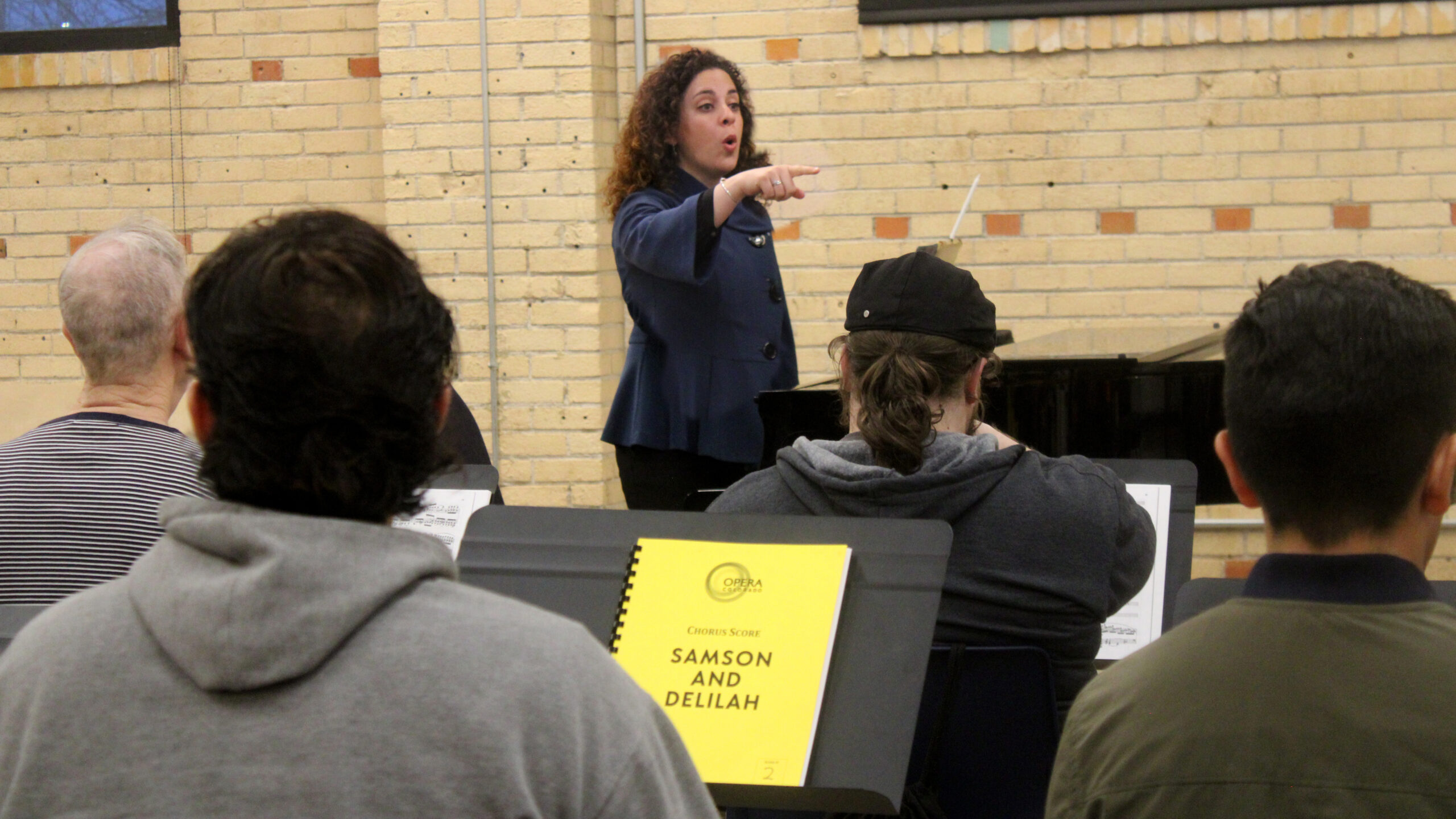
There is a lot of history and iconic imagery that goes hand in hand with Samson and Delilah. Learn more about this biblical story’s transition to an opera featuring some of the most lush and passionate music in the repertoire.
Learn more about Samson and Delilah on stage at the Ellie Caulkins Opera House from May 4-12>>
Samson and Delilah Becomes an Opera
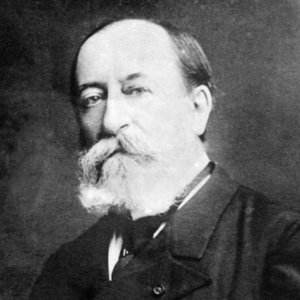
The Old Testament strongman and the woman who betrayed him: oratorio or opera? Both have singers, instruments, and a plot. However, in oratorios (think of Handel’s Messiah), the story is told, not acted. By contrast, operas use sets, props, costumes, and much theatrical activity to tell the tale. In nineteenth-century Paris, such regalia was thought inappropriate for a work of biblical roots. So, French composer Camille Saint-Saëns (1835–1921) began his Samson and Delilah as an oratorio, set to a text prepared by Ferdinand Lamaire (1832–1879). However, the further he proceeded, the more Saint-Saëns realized that the story’s intensity not only deserved stage action, it required it.
Thus, Samson and Delilah became an opera. French authorities remained skeptical, so the opera premiered not in Paris, but rather in Weimar, Germany, on December 2, 1877. Apparently, German audiences (and authorities) were more open-minded as to what was suitable in an opera house! The result is a work of high drama and strong personality in which Saint-Saëns’s vivid use of both voices and instruments is, indeed, best served by seeing the action, not just imagining it.
The Bacchanale
Only instruments are heard in the opera’s most famous scene. The Bacchanale, which begins the third act, is a wild and sensuous dance that Delilah, along with other women, uses to seduce Samson. Saint-Saëns gave himself the advantage of a substantial orchestra, including a host of richly voiced, low-pitched woodwinds and brass, as well as a generous allotment of percussion. Although the tambour de basque isn’t Middle Eastern in origin, its throaty timbre, accented by the bell-like sounds of a triangle, glockenspiel, and crotales, marvelously evokes place and action for this diblically derived adventure.
Samson and Delilah Voices
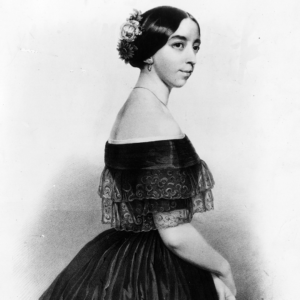
For the title characters, Saint-Saëns didn’t choose the usual tenor and soprano. Instead, he opted for a tenor and a mezzo-soprano/contralto. The leading lady’s part is not significantly higher than that of her leading man. Moreover, both have music of weight and substance that adds depth to their characters, as well as to the tale at hand.
Samson is a heroic tenor in an almost Wagnerian manner, a stylistic choice that makes his emotions especially impactful. In his act three aria “Vois ma misère,” the captive, blinded strongman alternates between resignation and despair. His passionate lines are punctuated by rebukes from the chorus, driving him to even more agonized outbursts.
As for Delilah, Saint-Saëns composed her music with a particular voice in mind: mezzo-soprano Pauline Viardot-García (1821–1910). Being well-advanced in her career at the time, she would not premiere the role. Saint-Saëns needed someone younger for the seductive character. However, he wrote for her type of voice–one that could turn from subtlety to urgency in a single phrase.
In Delilah’s act two aria “Mon cœur s’ouvre à ta voix,” tenderly flowing lines build to impassioned statements as she persuades Samson that he has conquered her heart. In the story’s context, she is setting him up for a tremendous fall. However, the music is so alluring and entrancing that Samson falls under her spell. Does he not see it coming, or can he just not resist? That depends on the interpreter.
It All Comes Together
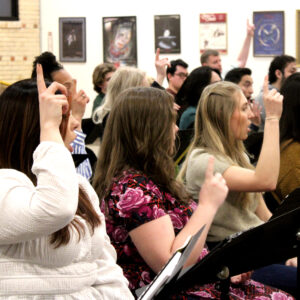
Several smaller roles expand the drama: smaller in stage time, if not in impact. However, once one steps beyond the title characters, the most prominent vocal element in Samson and Delilah is the chorus. It commands the opening scene and various others as the opera progresses. Furthermore, the chorus often provides the textures—both musical and dramatic—against which the action plays out.
In the end, Samson is destroyed, but so are his foes when he pulls down the temple around them and is himself crushed in the turmoil that he brings upon them. The chorus, the priests, and Delilah all cry out. But it is the orchestra’s contribution—a thunderous sequence of rapidly descending runs—that ensures that even a listener who happened not to be looking at the stage will sense that the walls have tumbled down.
Experience this Iconic Story
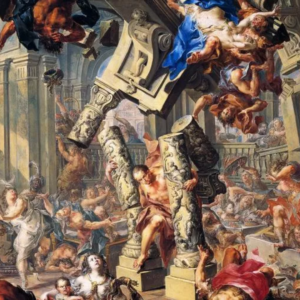
Opera directors revel in the challenge of staging the temple’s fall. Audiences become absorbed in the urgency and intensity of the work. While this closing scene is iconic, it is the compelling journey on which Saint-Saëns’s music takes people that makes Samson and Delilah so special.
–
Program notes by Betsy Schwarm, author of the Classical Music Insights series.


